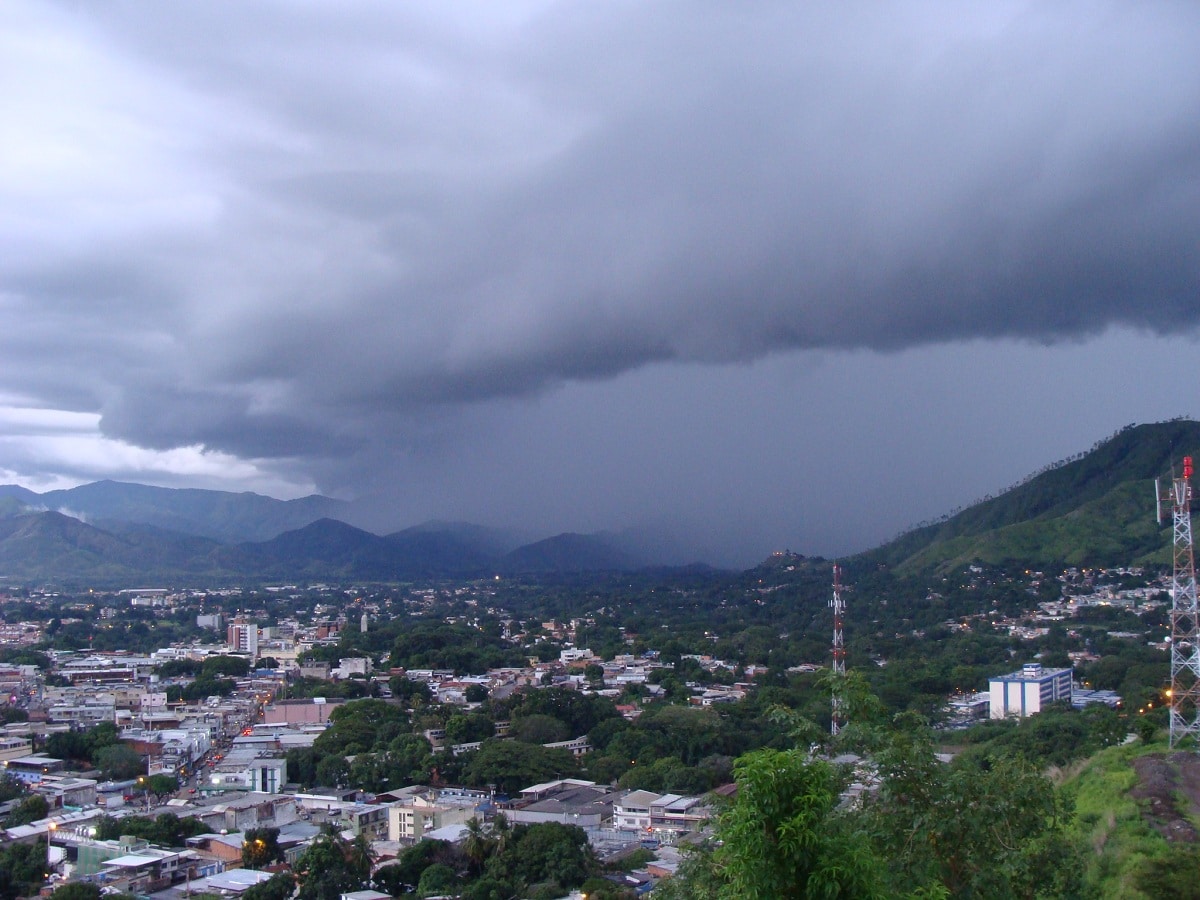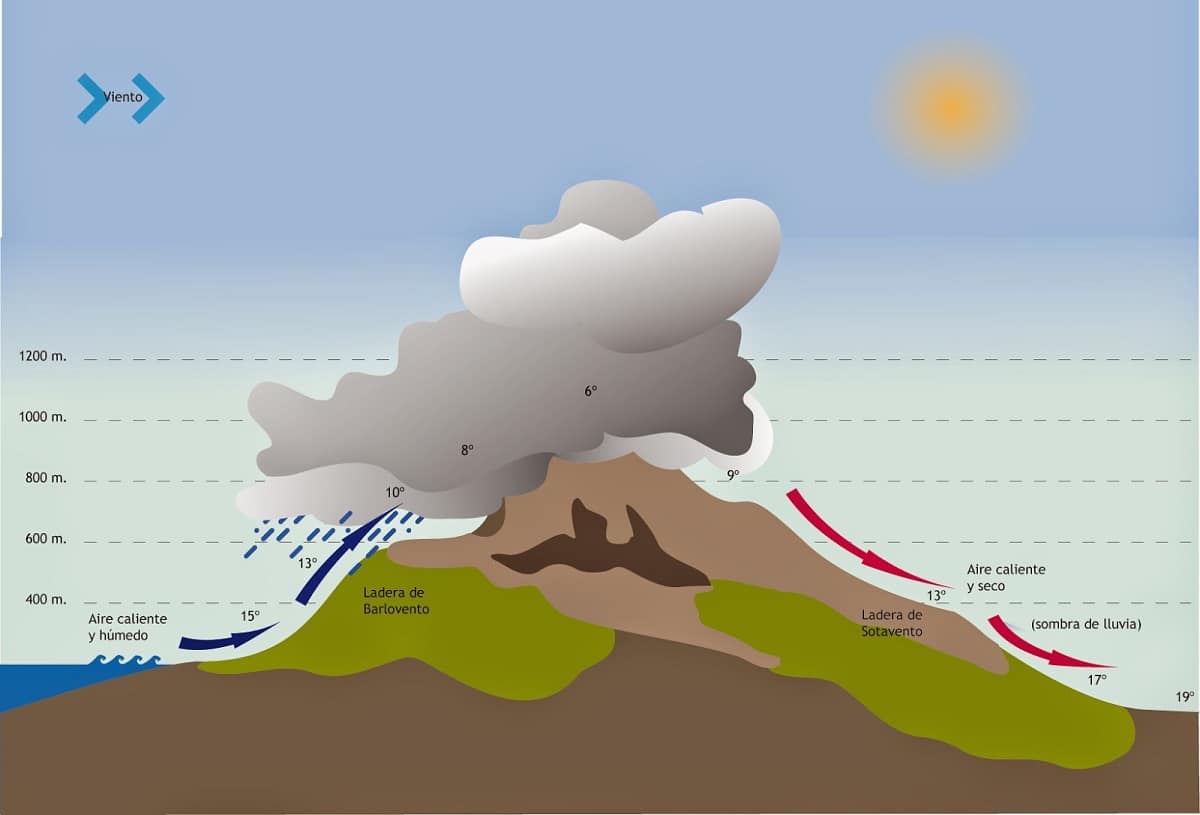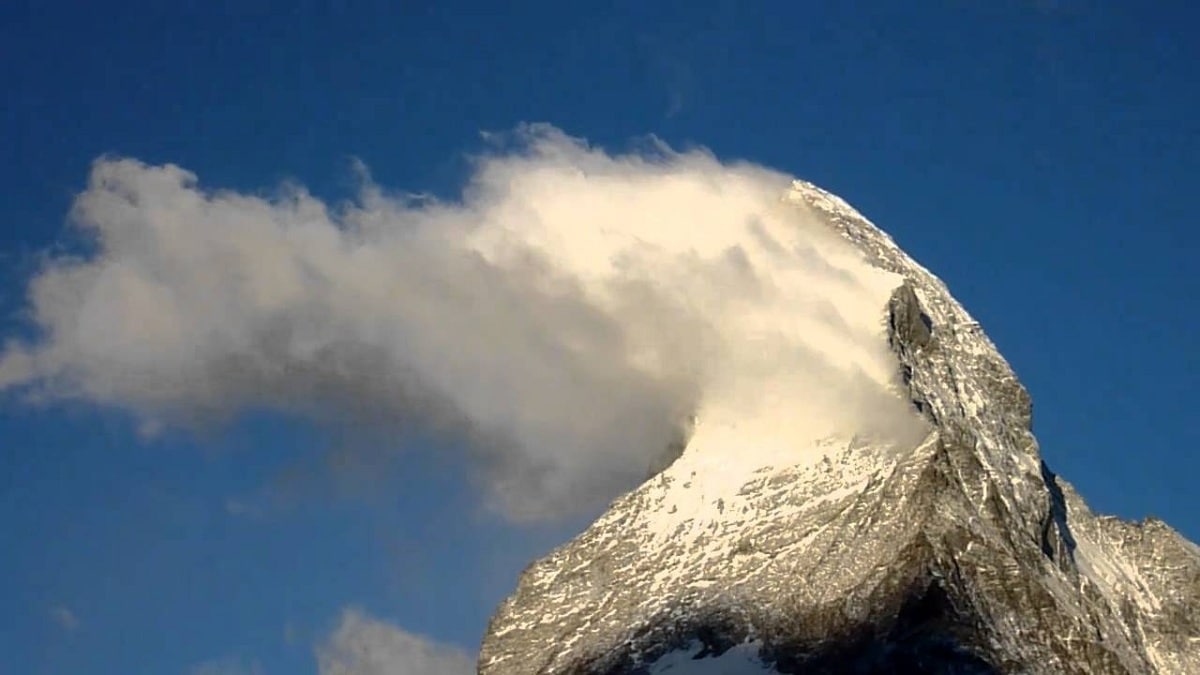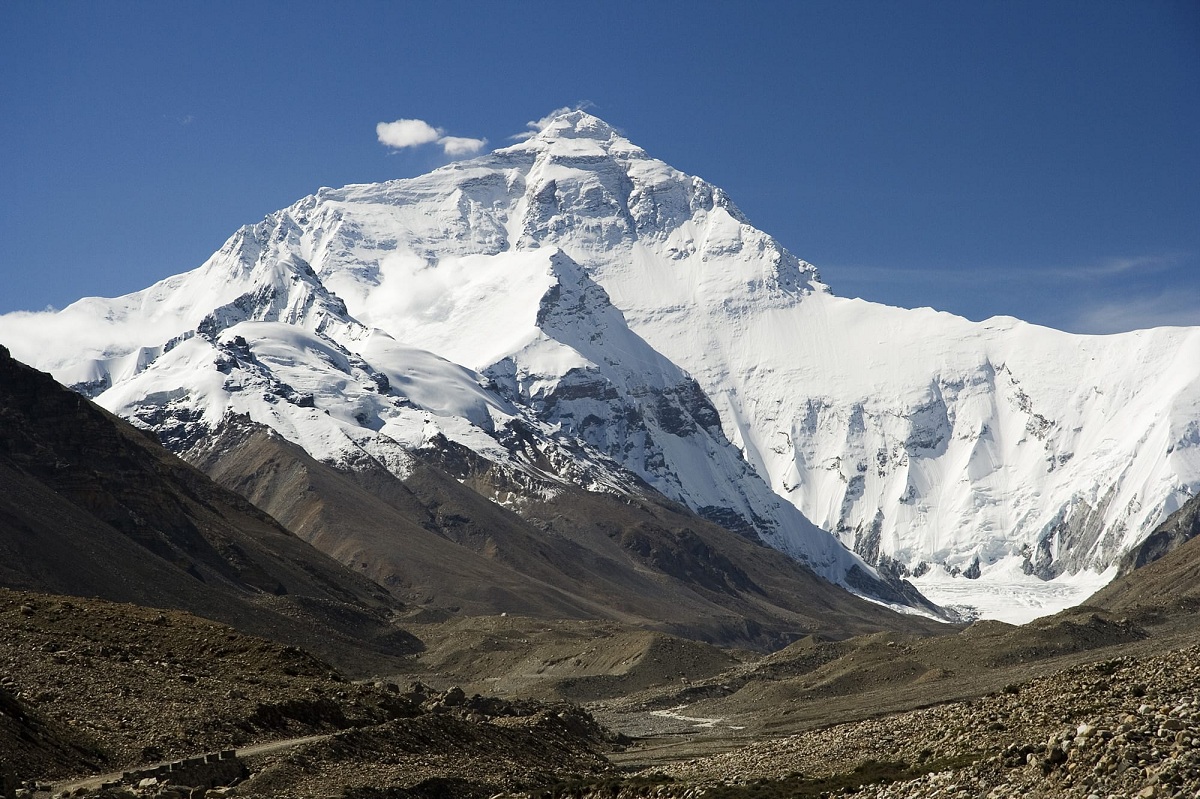
There are numerous types of rain depending on the origin and characteristics of each one. One of them is the orographic rain. It occurs when humid air is pushed from the sea towards a mountain and passes through an upward slope. In this area is the nucleus of the interaction between the earth's surface and the atmosphere.
In this article we are going to tell you everything you need to know about orographic rain, its characteristics and how important it is.
Key features

Orographic rain occurs when humid air coming from the sea passes over an upward sloping mountain. The air is charged with water vapor and it runs into a cold air mass at altitude. It is here that it discharges all the rain and then descends from the mountain with a higher temperature than it has risen.
This rainfall is not only important for the conservation of natural ecosystems and those resources, but it is also essential for some physical components of the Earth system. Most of the rivers are born from the high mountains and are fed by orographic rains. Floods, landslides and avalanches are usually affected by the intensity at which orographic rain falls. In areas with steep slopes it usually produce greater damage since it is easier for rain to wash away sediments.
Formation of orographic rain

We are going to see what are the characteristics that the environment must have so that orographic rain is generated. We assume that an air mass with a large amount of water vapor comes from the sea. As he moves he runs into a mountain. As the air rises it begins to cool. It is then that orographic clouds form and serve as a source of precipitation. Clouds are formed by the condensation of water vapor and cumulus clouds are formed. Orographic clouds can generate both rain and strong electrical storms.
It all depends on the amount of water vapor that rises and the difference in temperatures of the altitude and the earth's surface. The greater the difference in temperatures, the faster the water vapor condenses and the denser it becomes in these clouds. When the air flow is interrupted by the presence of a hill or mountain it is forced to climb. These changes in the direction of the air is what causes changes in the meteorological systems.
The rise of humid air over the land is not enough for precipitation to occur. This usually happens when there are already storms in the environment. Not only must humid air rise, but the temperature must be as cold as to produce rapid condensation and the formation of orographic clouds. On the other hand, when the air descends once it has precipitated, both the cloud and the precipitation end up evaporating. The air spreads on the leeward side, which is the opposite place where the wind is coming from. Due to the rains, the air has lost almost all its humidity and begins to heat up. In the case of orographic precipitations, they are usually low and the air is said to be in a rain shadow.
Places where orographic rain occurs

As we have mentioned before, orographic rain depends on where it forms. The intensity and the formation are variables that depend on the morphology and the climate of the place where it is generated. Some places in the world like They are the Hawaiian Islands and New Zealand are known for having abundant orographic precipitations. Keep in mind that most of the precipitation is seen on the windward sides. The windward part is where the wind comes from. Opposite locations are usually kept relatively dry.
Orographic rain gives rise to certain discrepancies. For example, coasts receive less rain than places that are higher in altitude. We must bear in mind that society extends to all places in the leeward areas are the driest and most affected. Not only does it not precipitate in the same way, it leads to dry and poor environments. Hawaii receives less rainfall per year than highlands such as Wai'ale'ale on Kaua'i.
Another place in the world where orographic rain is frequent is from the Pennine mountain range in northern England. In the west of this mountain range is Manchester that has more rainfall than Leeds. This city is located in the east and has less rainfall due to lower levels of rainfall. You can tell it was in the rain shadow area. The problem with this type of rainfall is that the leeward side tends to suffer from droughts and more poor soil.
Importance
Orographic rainfall plays an important role in the type, intensity and duration of rainfall in both areas of the mountain. There are some studies that have shown that mountains act as a terrestrial barrier and depending on the degree of inclination and the speed with which the air moves, it can rain more or less. If the slope of the mountain is very steep, it is more likely that it will rain more intensely on the mountain itself and drier air arrives for the leeward part. On the other hand, the height of the mountain is also relevant. Smaller mountains mean that the leeward zone does not suffer as much from droughts since the rains do not completely discharge on the mountain.
There is nothing to see but great mountain ranges like the Himalayas causes a rather poor leeward zone since the precipitations end up taking place in the mountain range itself and will not reach the other area. As you can see, orographic rain can be of good use for the source of rivers, although it can also generate certain problems. Problems such as sediment dragging, landslides, etc. And droughts in the leeward part.
I hope that with this information you can learn more about orographic rain and its importance.